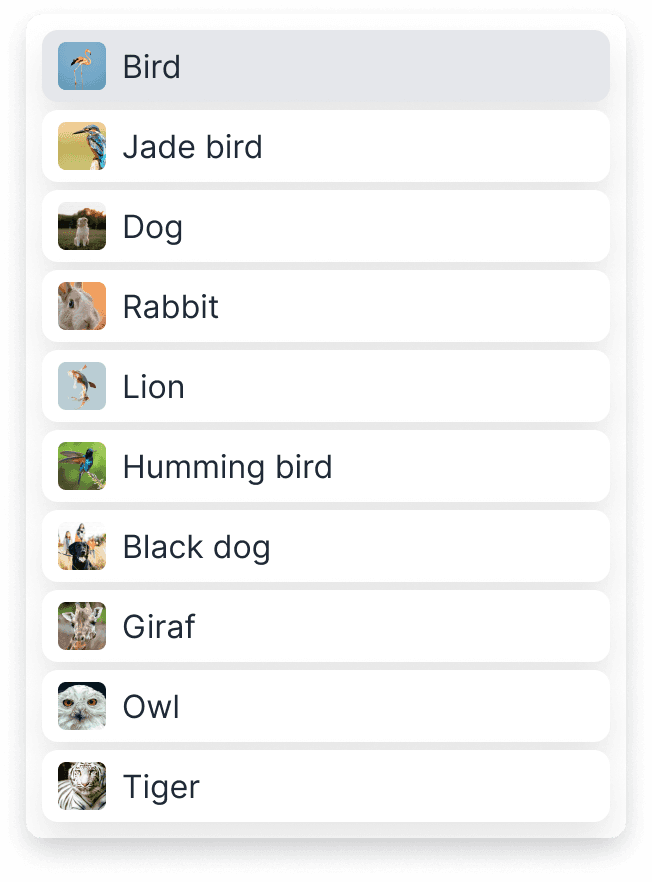advanced prototyping
Dynamic dropdown
In Figma, I learned to use conditional statements to control component behaviors and streamline workflows, especially for complex, dynamic components. By setting up "if-then" logic within component variants, I enabled specific actions or styling changes based on user inputs or scenarios.
This helped create more adaptive prototypes, saving time in updates and allowing me to simulate user-driven outcomes without extensive manual changes. This hands-on experience deepened my understanding of how conditional logic enhances interactivity in design, making my prototypes more engaging and functional.
Although this seems simple, it can be applied to more complex dynamic components in an enterprise setting.
Prototype
With Figma's conditional statements and variables combined, I simplified the complex prototyping process in Figma.
Instead of the traditional approach requiring multiple frames, this method allowed me to create a dynamic prototype using just a single frame, saving considerable time and effort while enhancing interactivity.

